In the previous article, we discussed how to set up your own electronics lab at home. Hopefully, you would have purchased all the stuff mentioned there and have already organized your electronics lab. Now, the first thing most important is to understand basic electronic components. But before that, it is worth mentioning the common mistakes that are made by electronics beginners. Note that we are not talking about mistakes of electronics beginners made while assembling and testing circuits. We are talking about fundamental mistakes in approaching electronics as a subject. The mistakes and cautions while assembling circuits will be discussed after learning about all the basic electronic components in a future article. So, sit patiently, following is a caution-full reminder before you even start.
Random beginning
The biggest mistake that many electronics beginners make is their random beginning. You can’t learn electronics by hopping into one electronic circuit to another in a random manner. Practical electronics must be approached like a course in theoretical electronics. You must begin with basic electronic components starting from passive components like resistors, capacitors, inductors, and progress to active components like diodes, LED, transistors, OPAMP, digital ICs and so on. While learning about each component, you must try a bunch of related circuits on a breadboard. So, learning electronics must be a systematic affair. You must build a basic understanding of components and their working, so you eventually start analyzing the application and effect of each component in any electronic circuit.
All that is in books is not rubbish
Activities are fun, but books look ugly. Many beginners leisurely ignore the bookish theory once getting into practical electronics. Believe, books are not that bookish and they must not look ugly. It is really important to accompany practical electronics with theoretical electronics. All that theory will provide you the understanding of how the electronic components are expected to work ideally and how when assembled in a circuit, the real-life situations yield, unlike practical results. It is highly advisable to devour some books particularly on subjects like ‘Electronic devices and circuits’, ‘Circuit analysis’, ‘Digital electronics’, ‘Signal and Systems’, ‘Microprocessors’ and ‘Microcontrollers’ while trying all the avant-garde of practical electronics.
Datasheets
The course books talk about how electronic components should ideally work and what should be their ideal outcomes or possibly practical outcomes. The datasheets talk about practical results and characteristics of an electronic component. So, from the very beginning, you must develop the habit of going through datasheets of electronic components before using them. The first thing you must see in datasheets is various technical ratings (like supply voltage, maximum current, etc) to determine whether the component is suitable for the circuit or not. Then, you must scrutinize the datasheet for characteristics and applications of that component from the datasheet. The datasheets must be handy while working on electronic circuits. They are the ultimate source of information about any electronic component. So, develop a habit of always studying and using the datasheets, even before assembling any circuit.
Power supply
Every circuit requires one or more power supplies. It is easy to build power supplies of +/-5V, +/-9V, and +/-12V with batteries and voltage regulator ICs. These voltage levels are commonly used in electronic circuits. However, apart from voltage, the current requirement is another twin factor that is often ignored while making power supplies for circuits. The components used in making power supply (batteries and voltage regulator ICs) must have enough current rating to match the requirement of the specific circuit. To avoid often calculating current drawn by the whole circuit, it is best to get an adjustable bench power supply. A bench power supply will allow testing circuit at various voltage and current levels and will avoid any situation of power limitation in terms of voltage or current. There are many low-cost bench power supplies available. So, getting one will make all the efforts quite hassle-free.
Cautions with breadboard
Once you start assembling and testing circuits, breadboards will become your best friends. Some common mistakes are often committed by electronics beginners like shorting components on a breadboard, changing connections while the power supply is on, messy circuit connections and loose connections. These must be cautiously avoided. You must develop a habit of making neat and reliable circuit connections on a breadboard. All the circuit connections should be made after switching off the power supply. The breadboards, too, have a power rating. Most breadboards can handle up to 1A current. Also, holds of a breadboard add parasitic (additional capacitance, inductance, and resistance) at different nodes of the circuit. So, components operating at high frequency should not be attached to the breadboard directly. They must be connected on a PCB with circuit connections to breadboard through jumper wires or breakout boards. The SMD components cannot be directly connected on breadboards. They, however, can be connected to a breadboard using breakout boards. The rows and columns of breadboard divide it into areas for bus strip, power supply, terminal strips, and components. So, the components and circuit connections must be arranged in assigned breadboard areas only.
Troubleshooting
The circuits may not always work after assembling. There can be faulty components, loose connections or circuit may be faulty itself. So, before assembling any circuit, first of all, it must be determined that it is accurate. It should be checked if it is made up of components of proper rating and whether it is designed properly and as intended or not. Each component should be individually checked (using a multimeter) before connecting it on a breadboard. There should be neat and reliable connections of all the components. Finally, the power supply should have sufficient voltage and current output as per the requirement of the circuit. Even then, if the circuit does not work, it should be checked for loose connections, faulty components, and design mistakes again and again. This troubleshooting job could be frustrating. But, these little failures will teach a lot about circuits and their working.
Co-Design
Electronics is not just about electronic components and circuits. Soon, you will proceed to microcontrollers and microprocessors, where the software development will become part of the job. Electronics have real fun with the programmable circuits based on microcontroller programming, FPGA and digital circuit designing, processors and ASICs. So, you must be ready for a co-design approach where you would not only be assembling circuits, but also designing digital systems by programming controllers, processors and development boards.
Consistency
Electronics like any other subject requires dedication and consistency. It is endless and ever-changing. So, once you start learning electronics, do not stop anywhere. There are endless things that can be done with electronics. It can be applied everywhere and anywhere. It is only limited to your creativity.
Electronic way of thinking
It is difficult for electronics beginners to develop an approach in the beginning. The engineers eventually develop a way of thinking that distinguishes professionals from the novice. It is difficult to define this ‘Way of Thinking’ as for any individual, it evolves in its own way and own flavor. A common thing in this ‘Way of Thinking’ irrespective of individual evolution is the Voltage-Current-Boolean attitude. Everything analog must be reduced in terms of voltage and current whether it is signals, technical specifications or physical quantities. Everything digital must be reduced to Boolean Zero and One. This Voltage-Current-Boolean attitude will be extremely useful in working with any kind of electronic circuit. Another very useful thing is the ‘Craftsman’ approach. Once you are familiar with basic electronic components and have tested some circuits, you are only limited by your own creativity. You can build any application that you may imagine or find the necessity of. Electronics is not just an engineering discipline, it is an art. This you will soon realize.
For the next article, we will start learning about basic electronic components. The first electronic component that we will discuss is Resistors.
File-Name: Practical-Electronics
Alt: Practical Electronics
Caption: Image of an Electronics Lab
File-Name: Electronics-Books
Alt: Electronics Books
Caption: Books are best companion
File-Name: Datasheets
Alt: Sample Datasheets
Caption: Datasheets are ultimate source of information
File-Name: Bench-Power-Supply
Alt: Bench Power Supply
Caption: Image of a Bench Power Supply
File-Name: Breadboard-Ares
Alt: Breadboard Areas
Caption: Image showing sections of a Breadboard
File-Name: Co-Design-Electronics
Alt: Co-Design in Electronics
Caption: Hardware and Software Co-design in Electronics
Filed Under: C Programs, Tutorials

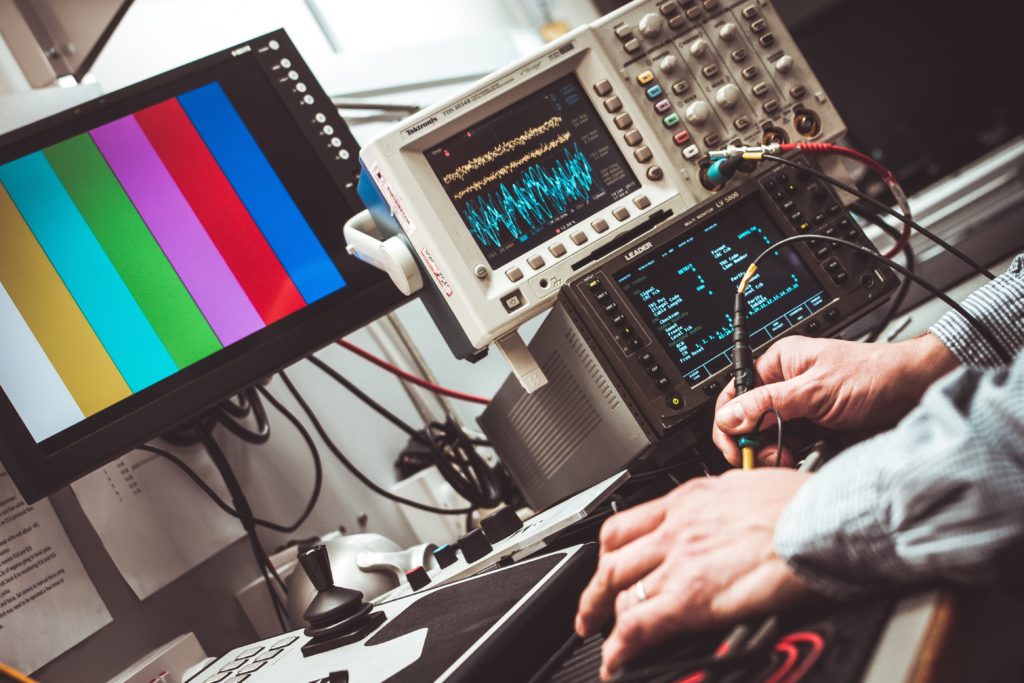
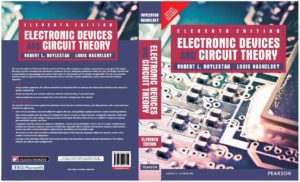
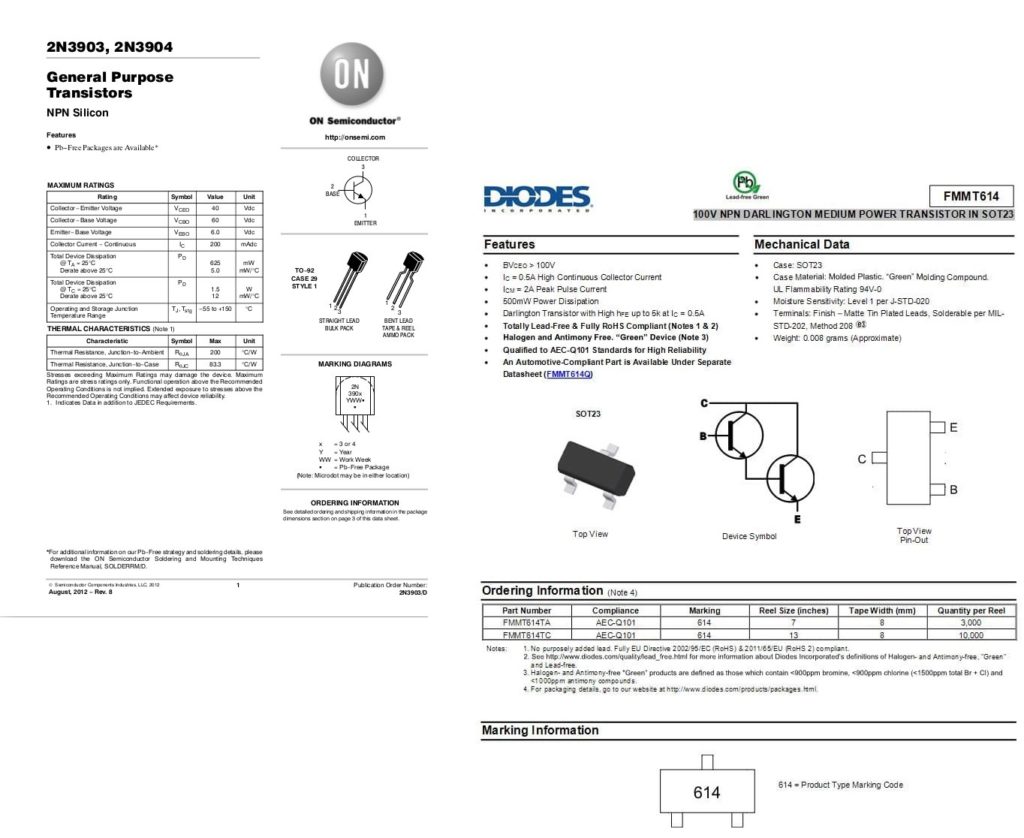
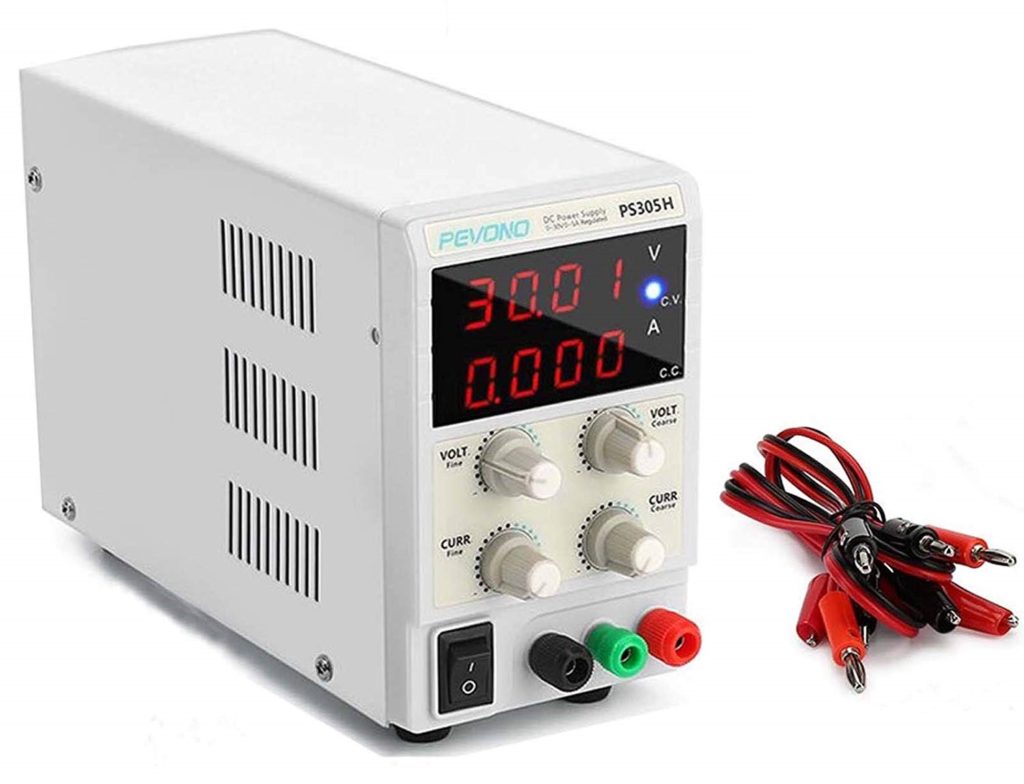
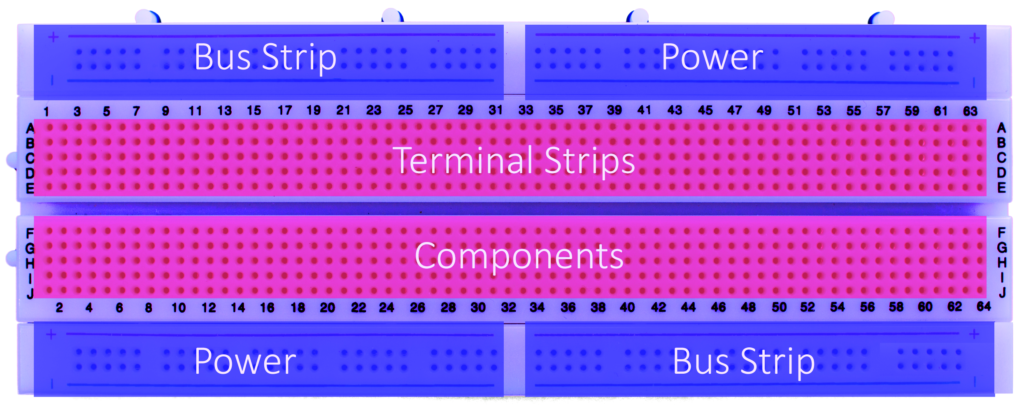
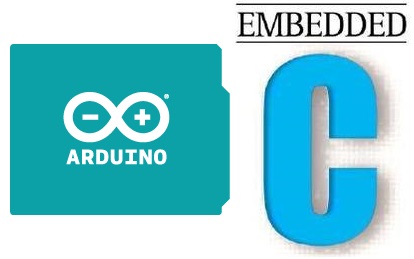

Questions related to this article?
👉Ask and discuss on EDAboard.com and Electro-Tech-Online.com forums.
Tell Us What You Think!!
You must be logged in to post a comment.